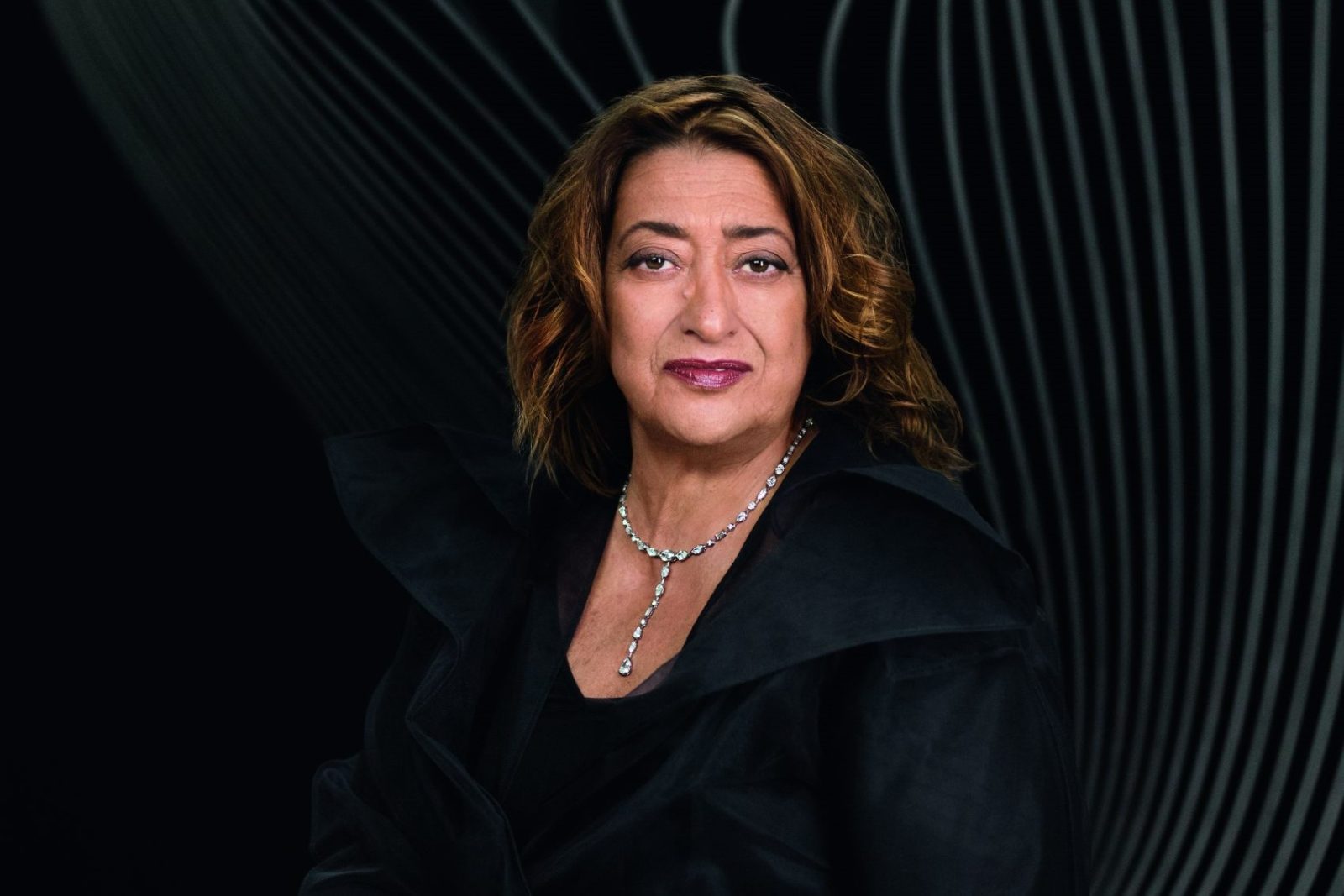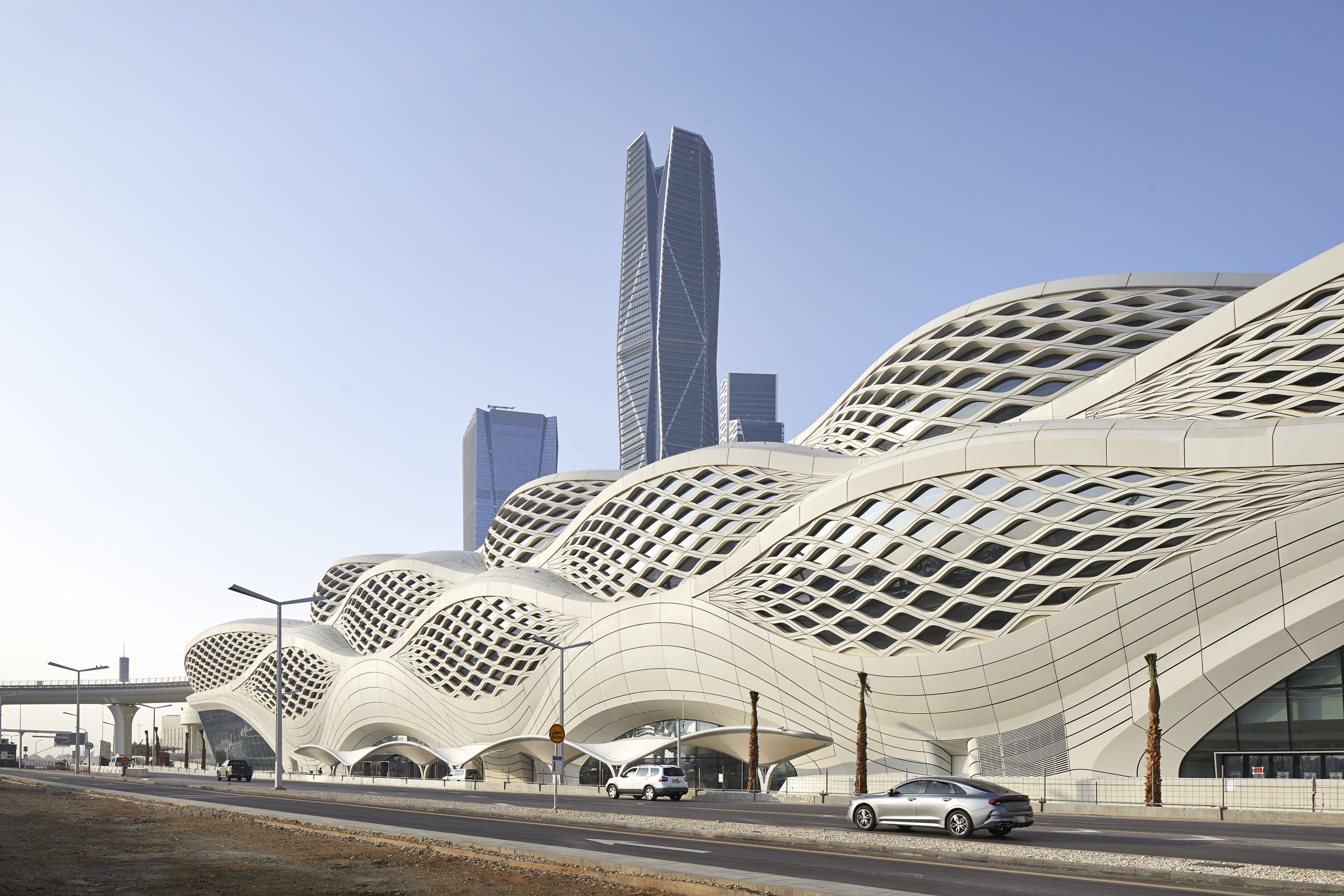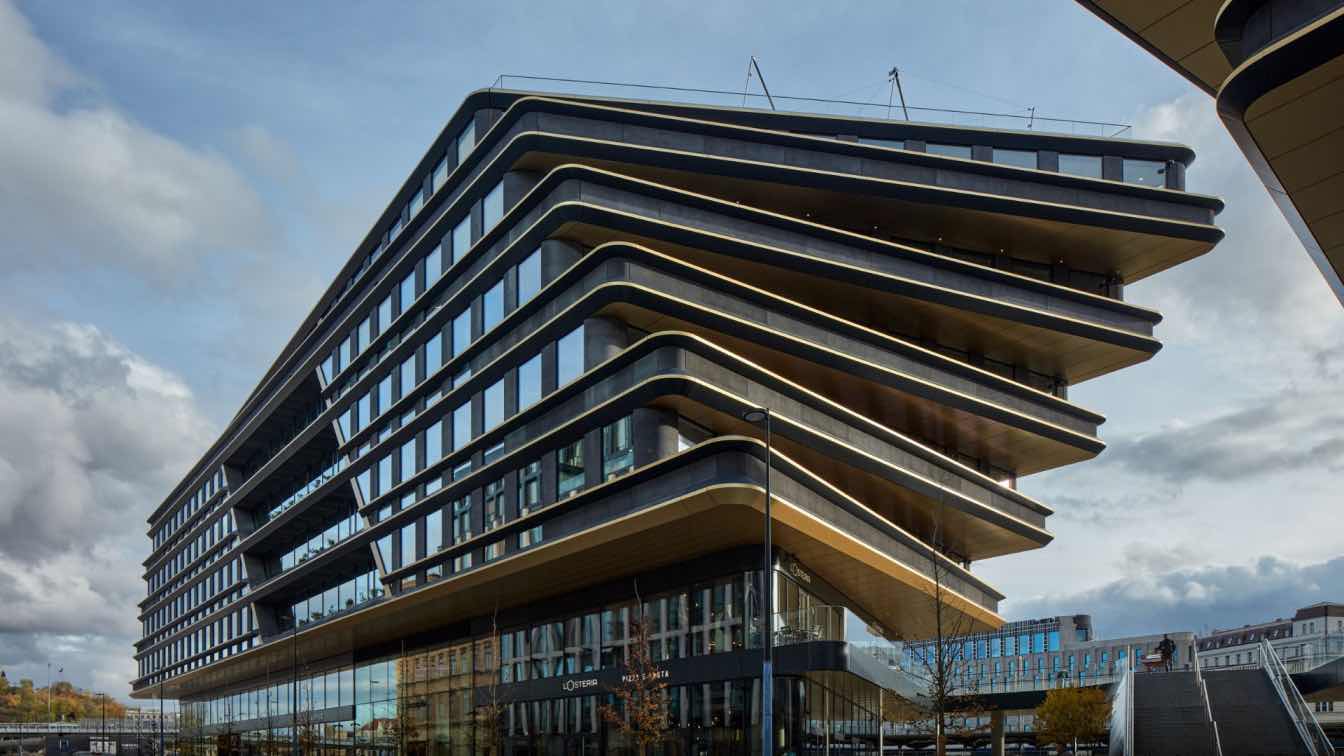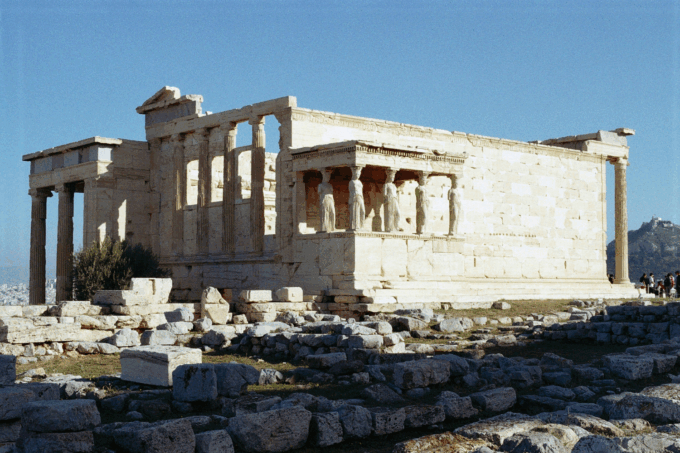- Home
- Articles
- Architectural Portfolio
- Architectral Presentation
- Inspirational Stories
- Architecture News
- Visualization
- BIM Industry
- Facade Design
- Parametric Design
- Career
- Landscape Architecture
- Construction
- Artificial Intelligence
- Sketching
- Design Softwares
- Diagrams
- Writing
- Architectural Tips
- Sustainability
- Courses
- Concept
- Technology
- History & Heritage
- Future of Architecture
- Guides & How-To
- Art & Culture
- Projects
- Interior Design
- Competitions
- Jobs
- Store
- Tools
- More
- Home
- Articles
- Architectural Portfolio
- Architectral Presentation
- Inspirational Stories
- Architecture News
- Visualization
- BIM Industry
- Facade Design
- Parametric Design
- Career
- Landscape Architecture
- Construction
- Artificial Intelligence
- Sketching
- Design Softwares
- Diagrams
- Writing
- Architectural Tips
- Sustainability
- Courses
- Concept
- Technology
- History & Heritage
- Future of Architecture
- Guides & How-To
- Art & Culture
- Projects
- Interior Design
- Competitions
- Jobs
- Store
- Tools
- More
Zaha Hadid: The Queen of Curves
Zaha Hadid, the trailblazing architect known as the "Queen of the Curve," transformed the world of design with her bold, fluid creations. From her roots in Baghdad to reshaping cities across the globe, her legacy lives on in iconic works like the Investcorp Building in Oxford.

Table of Contents
ToggleFrom Baghdad to the World Stage
Hadid was born in Baghdad, Iraq. She studied in Beirut and then in London. Over time, she developed her own style. Her buildings were known for their bold curves and flowing shapes. These forms earned her the nickname “Queen of the Curve.” Unfortunately, Zaha Hadid passed away in March 2016 at the age of 65. She died of a heart attack in a hospital in Miami. Her death was a huge loss for architecture. She left behind a unique legacy that changed modern design.

Breaking Barriers in a Male-Dominated Field
Architecture was mostly led by men, but Hadid changed that. In 2004, she became the first woman to win the Pritzker Architecture Prize. She later received other major awards, like the Royal Gold Medal and a Damehood from the British Empire.
A Visionary in Design
Hadid didn’t just design buildings—she changed how people think about them. Her work ignored straight lines and traditional shapes. Instead, she focused on motion, emotion, and sculptural form. Her buildings looked like they were moving, even while standing still.

The Investcorp Building: A Work of Art
Oxford is known for its old buildings and classic beauty. But hidden in St Antony’s College is a surprising modern design. This is the Investcorp Building, designed by Hadid. Hadid designed the building in 2006, and it opened in 2015. It is part of the Middle East Centre at the college. The structure is full of curves and has shiny surfaces that reflect the sky. It looks like it blends into the environment, yet it still stands out.

Her Impact Lives On
Zaha Hadid’s architectural legacy is marked by bold, futuristic forms that redefined global skylines. Her most iconic works include the Heydar Aliyev Center in Baku, with its flowing, wave-like structure; the MAXXI Museum in Rome, known for dynamic, intersecting spaces; and the Guangzhou Opera House, inspired by river-shaped stones. The London Aquatics Centre, built for the 2012 Olympics, features a sweeping roof that mirrors the motion of water. In Oxford, the Investcorp Building stands as a sleek, modern contrast to historic surroundings. Her first major project, the Vitra Fire Station in Germany, showcased sharp, angular lines, while the Dongdaemun Design Plaza in Seoul impressed with its organic, high-tech design. Even infrastructure, like the Sheikh Zayed Bridge in Abu Dhabi, became sculpture in her hands, with forms echoing the curves of desert dunes.
Zaha Hadid changed architecture forever. Her designs still inspire new generations. As Rem Koolhaas said, she was “a planet in her own orbit.” Her work proves that design can break rules and still belong in any setting—even among Oxford’s ancient spires.
- architectural masterpieces
- Contemporary Architecture
- curved building designs
- deconstructivism architecture
- Famous Architects
- female architects
- futuristic building designs
- iconic architectural designs
- Innovative Architecture
- landmark structures
- Modern Architectural Design
- Queen of Curves
- sustainable architecture
- Zaha Hadid
- Zaha Hadid architecture
- Zaha Hadid buildings
- Zaha Hadid design philosophy
- Zaha Hadid legacy
- Zaha Hadid projects
- Zaha Hadid style
Submit your architectural projects
Follow these steps for submission your project. Submission FormLatest Posts
A Comprehensive Approach to Building Maintenance and Property Care
Every building, no matter how new or old, goes through a quiet...
Statutory vs Common Law Compensation: Which Is Right for Your Workplace Injury?
Suffering a workplace injury opens the door to compensation claims, but many...
Smart Lighting & Smart Mirror Ideas for Modern Homes
Smart lighting (in the form of bulbs/strips, etc.) and smart mirrors can...
Transform Your Home for the Holidays with Laser-Engraved Décor
There’s something magical about decorating your home for the season—the cozy lights,...












Leave a comment